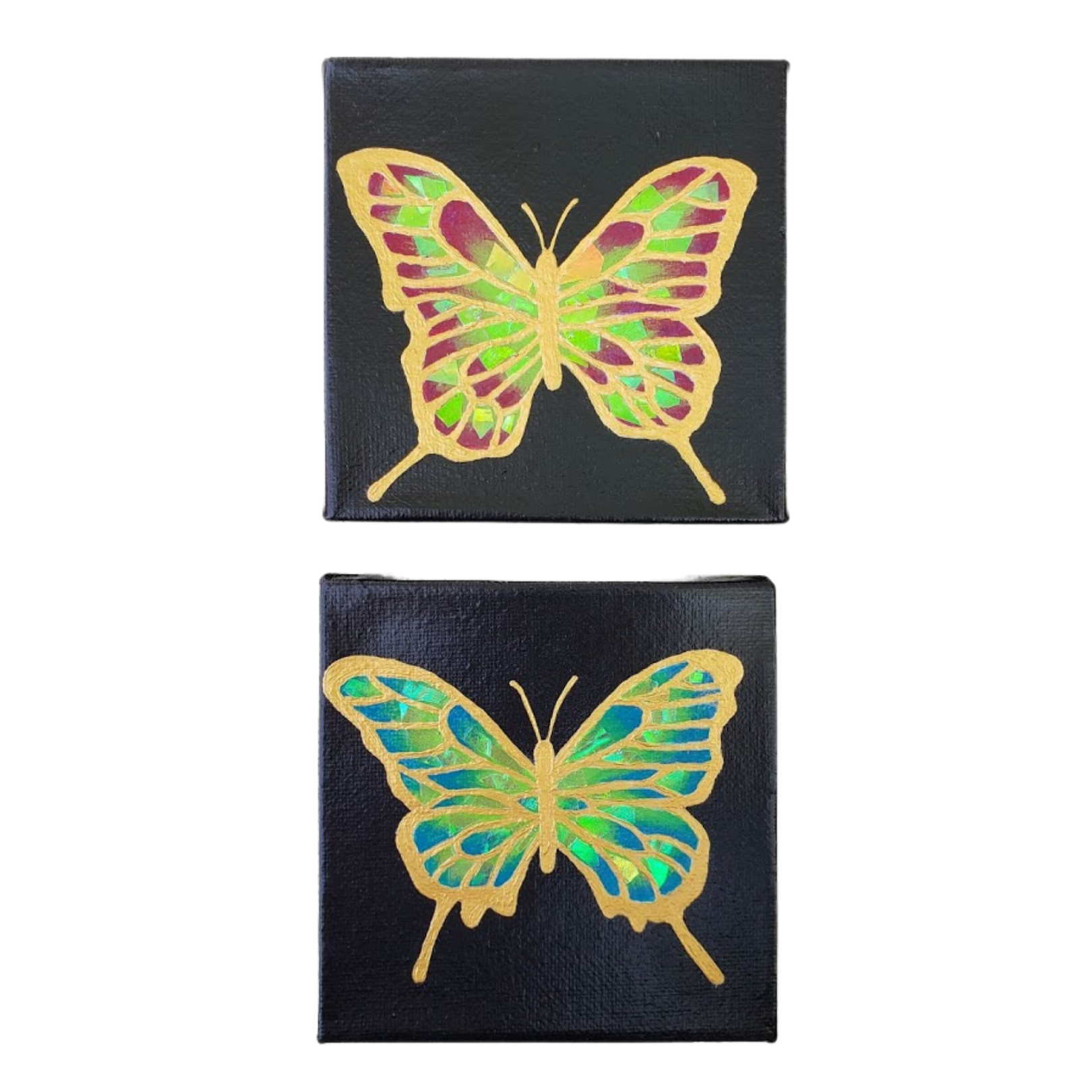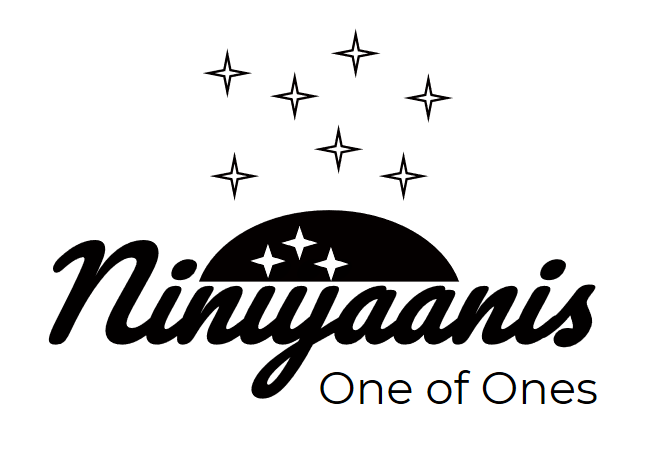
Niniijaanis
Culturally-relevant early learning materials for children birth-6, Indigenous made.
* * *One of Ones
Indigenous made collectibles and essentials.
Featured

Quick View
Indigenous Montessori Powwow Dancers Mobile











